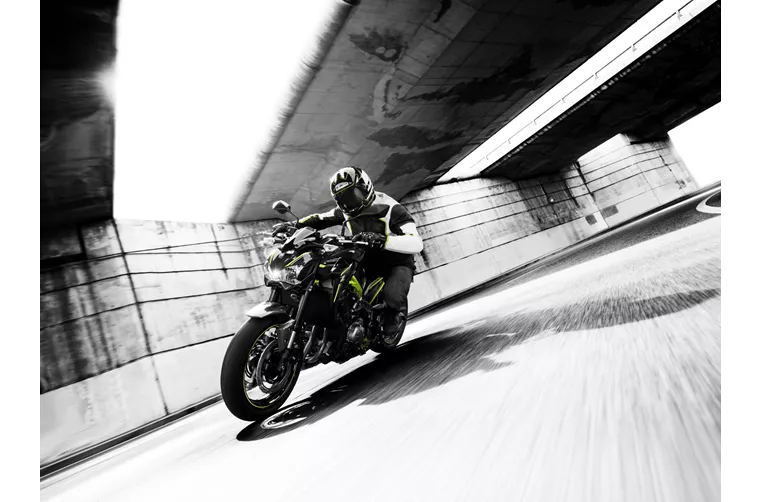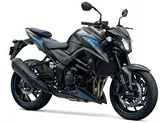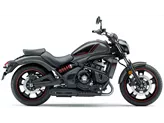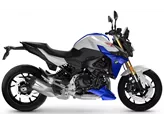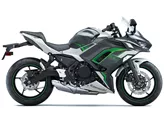Kawasaki Z900 2018 vs. Kawasaki Vulcan S 2015

Kawasaki Z900 2018

Kawasaki Vulcan S 2015
Overview - Kawasaki Z900 2018 vs Kawasaki Vulcan S 2015
The Kawasaki Z900 2018 and the Kawasaki Vulcan S 2015 are two different models with distinct features and specifications.
Starting with the Kawasaki Z900 2018, it boasts a powerful and smooth engine with an impressive output of 125.4 HP. The engine is an inline, four-cylinder type with a displacement of 948cc. It delivers a torque of 98.6 Nm, providing excellent acceleration and performance. The Z900 also features a chain transmission and liquid cooling for optimal engine temperature control.
In terms of chassis, the Z900 has a steel frame with a double cradle design, which enhances stability and handling. The front brakes are double disk type with four pistons, ensuring efficient stopping power. The front and rear tires have a width of 120mm and 180mm respectively, with both having a diameter of 17 inches. The wheelbase is 1450mm, and the seat height is 795mm. The Z900 weighs 210kg with ABS.
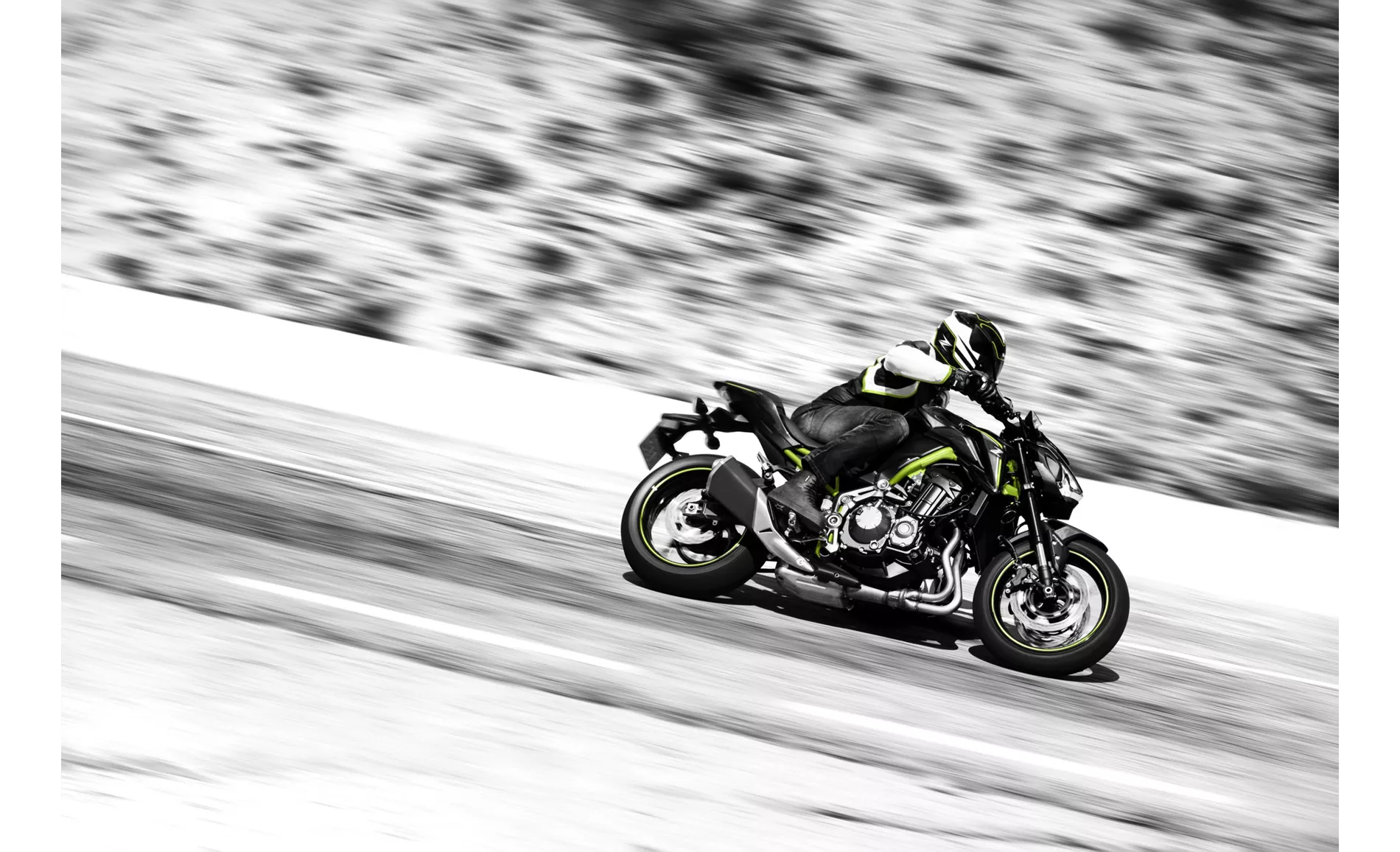
Kawasaki Z900 2018
The strengths of the Z900 include its powerful and smooth engine, which produces a great sound. The chassis design contributes to its sharp and sporty appearance. The low seating position and easy handling make it a comfortable and maneuverable bike.
However, the Z900 does have a few weaknesses. It lacks traction control, which can be a disadvantage in certain riding conditions. Additionally, tall riders may find the knee angle strenuous during long rides.
Moving on to the Kawasaki Vulcan S 2015, it features an inline, two-cylinder engine with a displacement of 649cc. The engine delivers 61 HP of power and 63 Nm of torque. Like the Z900, it has a chain transmission and liquid cooling.
The Vulcan S has a steel frame with a perimeter design, providing stability and strength. The front brake is a single disk type with double pistons, ensuring reliable braking performance. The front tire has a width of 120mm and a diameter of 18 inches, while the rear tire has a width of 160mm and a diameter of 17 inches. The wheelbase is longer than the Z900 at 1575mm, and the seat height is lower at 705mm. The Vulcan S weighs 228kg with ABS.

Kawasaki Vulcan S 2015
The strengths of the Vulcan S include its rev-happy engine, which performs well in both high and low rev ranges. The bike also features a decent brake system with ABS, ensuring safe and controlled stopping. The idiosyncratic look of the Vulcan S adds to its appeal, and the narrow rear tire enhances maneuverability. The Ergo-Fit system allows riders to customize the bike for optimal comfort.
However, the Vulcan S does have a few weaknesses. The Ergo-Fit system comes at an additional cost, which may be a drawback for some buyers. The wind protection is moderate, and the gear indicator is only available as an option.
In conclusion, the Kawasaki Z900 2018 and the Kawasaki Vulcan S 2015 have their own unique strengths and weaknesses. The Z900 excels in terms of engine power, chassis design, and sporty appearance. On the other hand, the Vulcan S offers a rev-happy engine, comfortable chassis, and customization options. Ultimately, the choice between the two models depends on individual preferences and riding style.
Technical Specifications Kawasaki Z900 2018 compared to Kawasaki Vulcan S 2015
Pros and Cons in comparison
Pros and Cons in comparison
Kawasaki Z900 2018
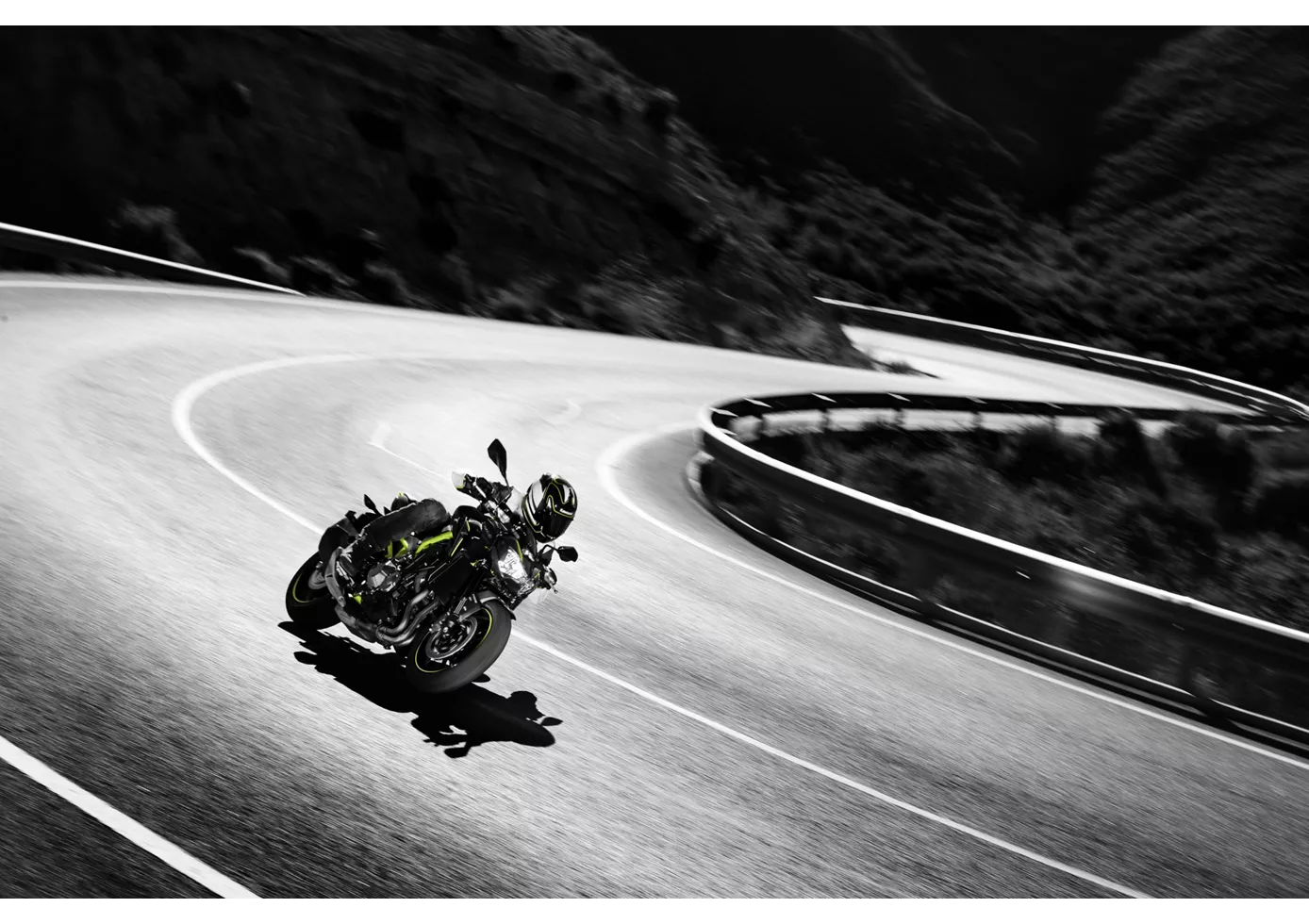
In the hotly contested naked bike segment, the Z900 plays right at the front. Above all, its engine is absolutely terrific, runs incredibly silky and offers rich power in all rev regions - as befits a Japanese four-cylinder. Its sporty, aggressive appearance matches this. It does without electronic bells and whistles, but still conveys a lot of confidence when chasing corners, braking and accelerating out of them. The low seat is especially beneficial for smaller riders, but taller riders might miss a flatter knee angle on long distances. The low weight and compactness make the Z900 particularly agile and easy to handle. A sporting cannon that is also extremely appealing in terms of price
Kawasaki Vulcan S 2015

The Vulcan S is reinvigorating the "small" mid-size cruiser scene - not only because of its unique design, but also because it is so easy to ride and is aimed at beginners. The low seat height and the narrow saddle help the rider to stand securely on the ground, while the low centre of gravity also makes for easy and safe handling. The engine also fits in well with the uncomplicated appearance, can be revved up decently from 2000 rpm and only stops at around 10,000 rpm - something that has never been seen before in a cruiser. The "Ergo-Fit" system, which varies the seat height, the rider's distance from the handlebars and the footrests, costs extra but also allows the Vulcan S owner generous customisation options.
Price Comparison Avarage Market Price Kawasaki Z900 vs Kawasaki Vulcan S
There are a few key differences between a Kawasaki Z900 2018 and a Kawasaki Vulcan S 2015. In terms of price, the actual average price of a Kawasaki Z900 2018 is about 33% higher. A Kawasaki Z900 2018 experiences a loss of 650 GBP in one year and 530 GBP in two years of ownership. This is offset by a loss of 380 GBP and 400 GBP for a Kawasaki Vulcan S 2015. Compared to Kawasaki Vulcan S 2015 there are more Kawasaki Z900 2018 bikes available on the 1000PS.de Marketplace, specifically 55 compared to 8. It takes less time to sell a Kawasaki Vulcan S with 75 days compared to 112 days for the Kawasaki Z900. Since model year 2017 1000PS.de editors have written 46 reviews for the Kawasaki Z900 and 13 reviews for the Kawasaki Vulcan S since model year 2015. The first review for the Kawasaki Z900 was published on 11/11/2016 and now has more than 93,200 views. This compares to more than 14,800 views for the first review on Kawasaki Vulcan S published on 16/10/2014.
